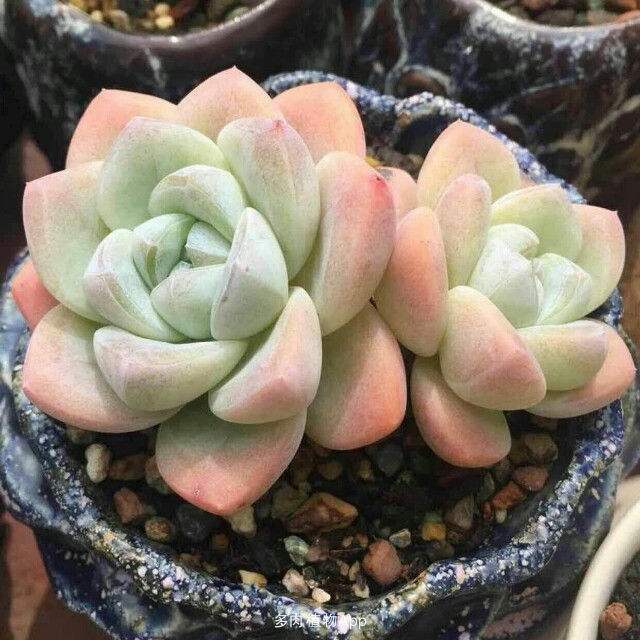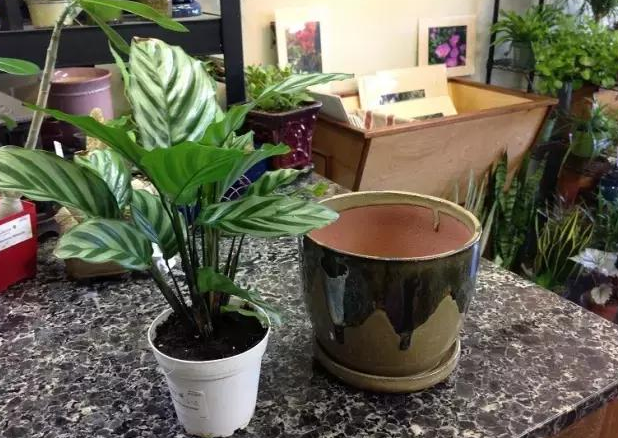Diseases and insect pests of daffodils and their control methods
Daffodils are common decorative flowers on desks and dining tables. Friends who plant daffodils all know that although daffodils are good-looking, daffodils are easy to be eroded by some diseases and insect pests in the process of breeding. Daffodil diseases and insect pests are mainly: daffodil leaf blight, brown spot, bulb base rot, daffodil stem nematode disease and so on. The following is a detailed analysis of the prevention and treatment of these four diseases:
Diseases and insect pests of daffodils and their control methods

(1) Leaf blight
The disease mainly occurs on the leaves of Narcissus, mostly from the tip of the leaves. At the beginning, the disease spot is a faded green macula, which extends inward in the shape of a fan, and there is a yellowish green halo around it. In the later stage, the leaves are dry and black grains appear. The pathogen lives on the upper end of the bulb scale and is infected with the growth of new leaves. When potted, high room temperature and poor ventilation are beneficial to the occurrence and spread of diseases. Control method: remove the dry scales before ① planting and rinse with dilute potassium permanganate aqueous solution for 2-3 times. ② pay attention to indoor ventilation and control room temperature. In the early stage of ③, 50% Diesen zinc 1500 times solution can be sprayed, or 0.3% equivalent Bordeaux solution or 50% Fumishuang 1000 times solution can be used to prevent and cure the disease.
(2) Brown spot
The disease began to occur in late February, and the peak period was from April to May. It mainly harms the leaves and stems of daffodils. Yellow, red and brown spots appeared at the initial stage of the disease, and the disease spots were mostly in the middle and edge of the leaves, showing a spindle shape. The disease occurs from the edge of the leaf, often causing leaf distortion. The disease also occurs from the leaf tip, which can lead to the death of the leaf tip or the whole leaf. The pathogen survived at the top of the bulb scale, and it was easy to be infected with the emergence of new leaves and the early freezing of daffodils, and it was warm and rainy in the later stage, which was conducive to the occurrence of the disease.
Prevention and control methods: at the initial stage of the disease, 75% chlorothalonil wettable powder can be sprayed 600-700 times, twice every 5-7 days, 8-4 times continuously, to control the spread of the disease.
(3) bulb basal rot
This is one of the important diseases of Narcissus, which mainly occurs in the underground part of the plant, and aboveground stems and leaves also occur from time to time. During the period of daffodil growth, the underground part of the daffodil was infected, the root system became brown and rotted in the shape of water stains, and brown spots appeared on the bulb base and spread upward rapidly.
Prevention and treatment:
(1) carefully select seed balls. Remove the diseased bulbs, or peel off some of the diseased scales and burn them.
(2) avoid causing wounds. To reduce the chance of bacterial infection. The dug-out bulbs should be dried quickly and stored in a dry, ventilated and cool place.
(3) Pesticide control. Before planting, the bulb can be soaked in 50% benzoate 500 times solution for 30 minutes, or the bulb can be soaked in formalin 120 times solution for 3.5 hours. According to the experiment, the control effect of this treatment can reach 75.8%. When the disease has occurred, the root of the plant can also be irrigated in time with 800-fold solution of benzoate or carbendazim.
(4) Stem nematode disease
The pathogen of the disease is sweet potato stem nematode, which not only harms daffodils, but also endangers tulips, gladiolus, bluebells, primroses and so on. Mainly harmful to the bulb, but also to leaves, the cross section of the susceptible bulb, there are 1 to several dark rings, there are many milky white nematodes in the tissue of bulb disease. After the leaf was infected, there were light yellow blister-like spots and deformed and twisted.
Prevention and treatment:
(1) strengthen quarantine. Stem nematodes can often spread over long distances with daffodil bulbs. Therefore, it must be strictly checked during introduction to prevent the spread of diseases. When keeping seeds, disease-free bulb propagation materials should be selected.
(2) soil treatment. When diseased plants and remains are found, they should be removed and destroyed in time. Non-host plant rotation was carried out and the soil was disinfected. Soil disinfection can be treated with aldicarb, 1.2 Mel 5.6 grams per square meter, mixed with appropriate amount of fine soil and applied into sowing ditches or planting holes, or try 80% Mielon wettable powder 500 times solution, combined with 70% dimethazone (Dicloson, Dishuang) wettable powder 500 times liquid watering.
(3) bulb treatment. The diseased seed balls can be soaked in 50 ℃ 52 ℃ hot water for 10 minutes or in 45 ℃ warm water for 15 minutes to kill nematodes in each ball.
Time: 2019-04-18 Click:
- Prev

Six flower-growing tips to bring dying plants to life quickly
Don't give up before the plants are dead. The following six ways can help you save dying plants. The leaves are spotted, the leaves are gone, the branches and leaves turn brown, etc., all of which can be recovered, unless they are rotten hearts and rotten stems. Plant transplanting, if the root system of the plant is rotten
- Next

Causes and Solutions of Gardenia Leaves Yellowing
What about yellow gardenia leaves? This is the most frequently asked question about Gardenia cultivation recently. Gardenia is easy to cause yellowing of leaves due to negligence in some links in the cultivation process (such as improper watering, improper fertilization, poor lighting environment, etc.).
Related
- Fuxing push coffee new agricultural production and marketing class: lack of small-scale processing plants
- Jujube rice field leisure farm deep ploughing Yilan for five years to create a space for organic food and play
- Nongyu Farm-A trial of organic papaya for brave women with advanced technology
- Four points for attention in the prevention and control of diseases and insect pests of edible fungi
- How to add nutrient solution to Edible Fungi
- Is there any good way to control edible fungus mites?
- Open Inoculation Technology of Edible Fungi
- Is there any clever way to use fertilizer for edible fungus in winter?
- What agents are used to kill the pathogens of edible fungi in the mushroom shed?
- Rapid drying of Edible Fungi

